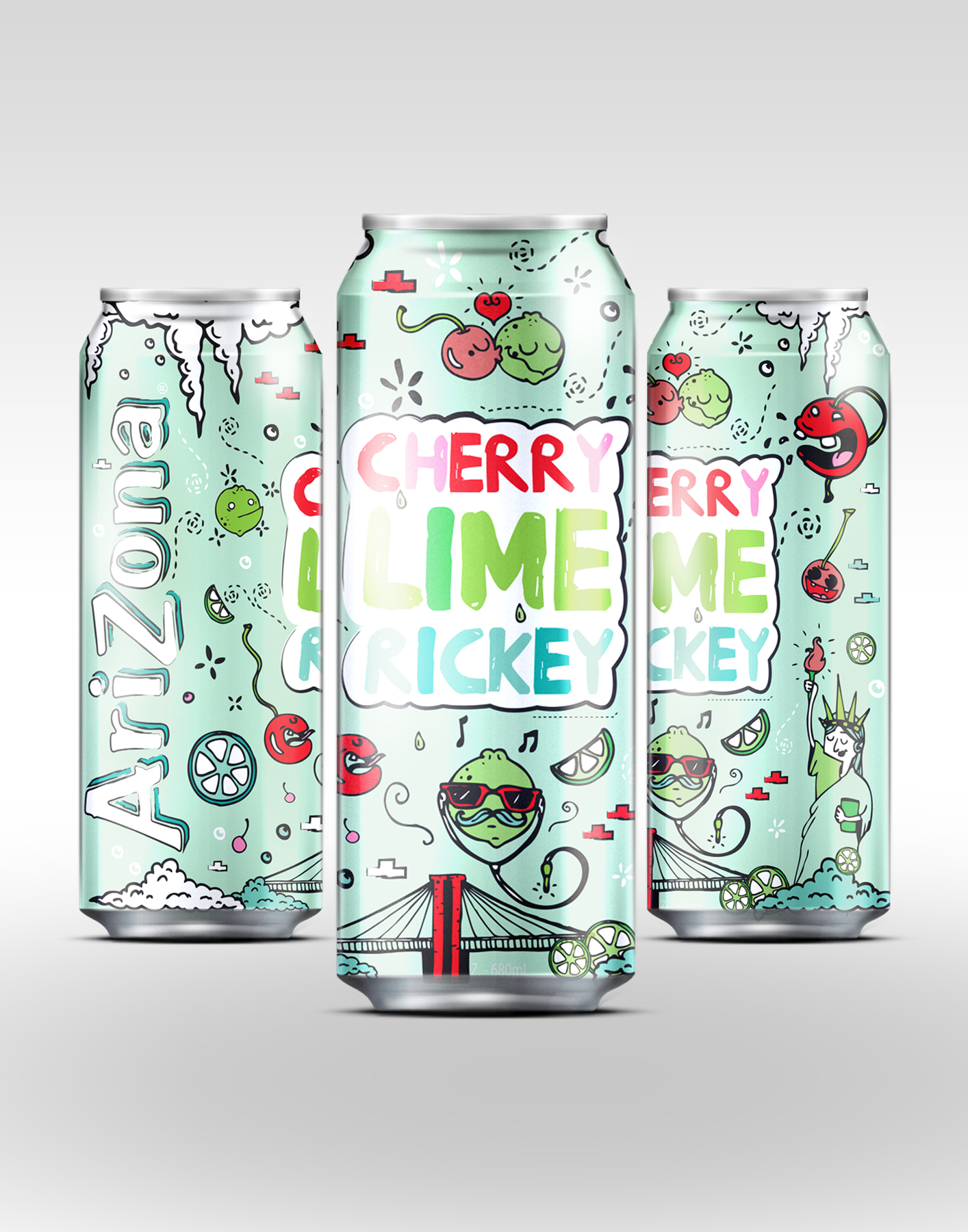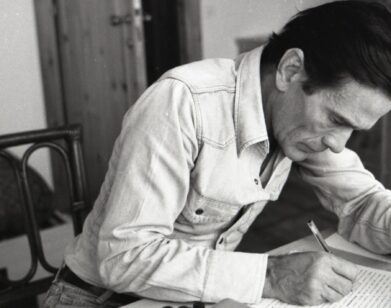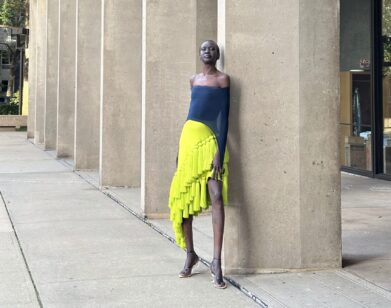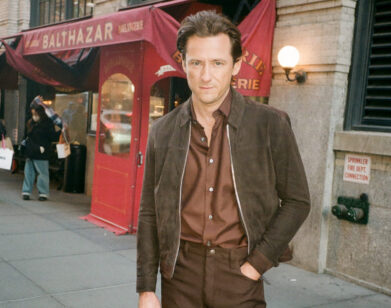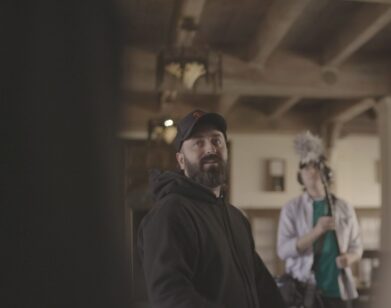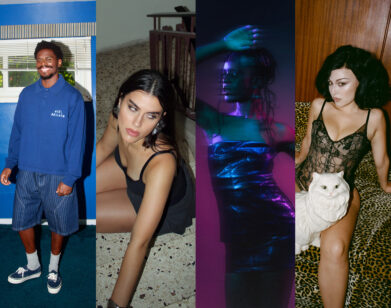Arizona 20 Years: Jack Nicklaus
ENAMORADO: Do you remember the first time you met Arnold Palmer? What were the circumstances? What was your first impression of him?
NICKLAUS: I first saw Arnold Palmer when I was just a kid and he came to Columbus to play in a tournament. I watched him on the driving range hit balls that day. We went on to become great friends. Sure, we were competitors, and both wanted to beat one another, but that was just the sport, that’s what we did. When we weren’t on the course competing, we would meet up afterwards, go to dinner, play cards with our wives—we became great friends. We traveled around together and played in exhibitions. Other times, we would travel with our wives. I can remember flights to the UK, and it would just be the four of us, and we would have a great time playing cards. Our friendship went on for many years and it continues today; in fact, we are probably even closer today than we were years ago because we no longer compete. Barbara and I just went up to Latrobe and enjoyed a great time! We stayed at their house, had dinner, talked about old times, the game today, family—all the normal stuff any friends would share.
ENAMORADO: How did you become involved in golf course design?
NICKLAUS: Pete Dye introduced me to golf course design back in the 1960’s. He came to my hometown Columbus, Ohio to work on The Golf Club. So he asked me to come out and take a look at what he was doing and give him my thoughts. I’m not sure how valuable those thoughts were, but that’s where it all started. He then invited me down to Harbour Town on Hilton Head, and we worked side by side there in the late 60’s. I probably made 20 visits down there to work on the course with Pete. That was really the start of my design career. I went on from there and really developed a passion for it and Pete and I worked on a couple more courses together.
ENAMORADO: What are the key elements that contribute to excellent golf course design?
NICKLAUS: An understanding of the game and shot values on the course. You have to have a strategy; I adopted a risk-reward strategy to my design of each hole, which is the way I think the game should be played. That is my strategy when I approach design. I also like to work with Mother Nature and not disrupt what she has provided us, but rather work with it so the course seems natural to the land, not artificial.
ENAMORADO: How has the world of professional golfing changed since you began your career?
NICKLAUS: There have been a lot of changes, but the biggest change is the golf equipment we use. Sure there is more media exposure, more tournaments, and a much bigger international circuit for playing opportunities. But the biggest single change is in the equipment we use; it has changed the game. In particular, the golf ball—we need to dial it back as it goes too far and has eliminated the majority of courses for competition for professional golfers (not the amateur).
ENAMORADO: Whom would you most like to interview and whom would you most like to interview you?
NICKLAUS: Now that’s a question I have never been asked. I thought I had been asked ever question in the book over the past 50 years, but that is a new one. I suppose I would like to interview Bobby Jones, as he was my hero and my Dad’s hero, and I unfortunately did not get to spend too much time with him. As far as interviewing me, I really don’t know…. I enjoy spending time with kids, so I suppose it would be fun to be interviewed by a junior.
ENAMORADO: Do you tweet?
NICKLAUS: Are you kidding? I can barely turn on my computer! But Barbara is terrific. She helps me text people. In fact, she sent my first text, which was to Tom Watson after the playoff at the British Open at Turnberry. It also keeps us connected with all of our grandchildren because that is how they like to communicate these days. I have people help me tweet at my company.|
ENAMORADO: I read that you once said “A kid grows up a lot faster on the golf course. Golf teaches you how to behave.” Were you a well behaved youth?
NICKLAUS: I’d like to think I was, but I was like any other kid. When I was 13 and playing a round of golf with my father, I hit a poor shot that ended up in a bunker, and well, it wasn’t too much longer after the ball landed in there that my golf club landed in there too. My father told me to leave the golf course as that behavior was unacceptable, and he told me that if I ever threw another golf club again, he would not let me play the sport. Well, I never threw another golf club again for the rest of my life. Golf is game of respect and sportsmanship; we have to respect its traditions and its rules. If you can’t conduct yourself as a gentleman on the golf course, you should probably find another sport to play. I have to set an example when I play as people look to me as a role model, and that is a responsibility I have to the game. Throwing clubs is not setting the right example.
ENAMORADO: What was your first thought when you woke up this morning?
NICKLAUS: That I was glad to be back in my own bed! I got home from Russia late last night after 10 days on the road, and I have to leave tomorrow for 14 days in Asia and Australia. I’m just glad to be back home with my family!
ENAMORADO: Have you ever had a Cherry Lime Rickey? When was the first time? How popular was the drink at the time?
NICKLAUS: Not yet.
ENAMORADO: Why did you choose this particular can as your favorite? Tell us about its color, images, texture, techniques?
NICKLAUS: I narrowed it down to two. I thought one jumped off the shelf better, but I decided on the design that looked best when you were holding it in your hand. The color is what first grabbed me…I liked the more subtle, less bold sea-spray or sea-foam color look, sort of a lighter aqua called the Manuel Peon. I tend to like those colors in the marine family because of my love of the ocean, fishing, boats, etc. My favorite color yellow is already on my own can! However ultimately, I think that the TinBacic design colors and vintage feel, plus the call out to AriZona Beverages on the brand’s 20th anniversary, works best.
ENAMORADO: How did this can respond to your interpretation of the AriZona brand?
NICKLAUS: AriZona has always been the leader in design, graphics and color. That comes from Ilene and Don; their personal touch is on every can. It’s also why the company has been a success in their marketing. They put a ton of effort into flavor and design, and it shows. On this can, I liked the creativity and the classic treatment of the “AriZona” brand on the side of the can.
ENAMORADO: Did you find your background in golf-course design helpful in judging the AriZona designs? Or did you approach the AriZona submissions in a completely different manner?
NICKLAUS: I love design in general, the creativity. Whether it is golf courses, my apparel line, ads we do or our business with AriZona, design is fun. And it’s important. It is the message you send to a consumer—that’s why Don always stressed the importance of design, it’s a priority for everything they do. Don and I really connect on that approach. I don’t know that my golf course design ability plays a role judging the AriZona designs, but maybe it does. Maybe it is just my passion for creativity. This gives me a good idea….maybe we should do one of the Golden Bear cans incorporating some of my golf course designs…that might be cool. Somebody call Don!
ENAMORADO: Why did you choose to partner with AriZona on your new line of drinks? What about the brand appeals to you most?
NICKLAUS: When I look at each product category for my brand, for my own name, I look for the leader in that industry. Well, that’s AriZona. Do you know anyone better? Second, the Vultaggio family and the Nicklaus family are very similar; a natural fit. Don and I each run our businesses the same way, with the same integrity, with the same passion to be the best. We each run a family-owned business; that means a great deal to me. My partner, Howard Milstein introduced us. The business plan and the approach to the business all added up, but it was when we went up to see Don that I knew we had the right fit. I like to look someone in the eye. Don is exactly the same. We could have actually done this on a handshake because that the guy kind of guy I am and the kind of guy Don is. My family name is very important to me and it’s also our brand, so I hold it in great importance. He told me I could trust him to make this business not only succeed, but to exceed all of our expectations. I believed him that day, and he delivered on his word. He backs up everything he says. That’s integrity.
ENAMORADO: Why did you choose to create a line of lemonades rather than a tea variety?
NICKLAUS: Don told me that lemonade was going to be the next very popular beverage in the U.S., and he was going to go after it in a big way. He’s aggressive, and I like that and I wanted to be part of that. We both liked the idea of playing off of the “Golden” in “Golden Bear” in tying it to lemonade. Don already built a big business with Arnold Palmer with tea, and there was really no need to involve me in that business. He has Arnold for that and it has been successful. Besides, Arnold and I are great friends, and I like the idea of protecting what he has done and is doing with AriZona.
ENAMORADO: Do you remember when and where you had your first AriZona drink?
NICKLAUS: I think it was in Don’s office. My kids and grandkids had enjoyed AriZona over the years, and I might have had some along the way. I’m not an iced tea drinker. While I obviously knew about the business, the AriZona brand and had seen it just about everywhere, it wasn’t until we talked about lemonade with Don and we started testing flavors that I actually started tasting AriZona products. If we hadn’t developed a flavor we both really liked, our business together would have never started. I had to be proud of the product and make it part of my life or this would have never gotten off the ground. When my credibility is at stake, there just isn’t a price tag. End of story.
For more from AriZona’s design panel, click here.

